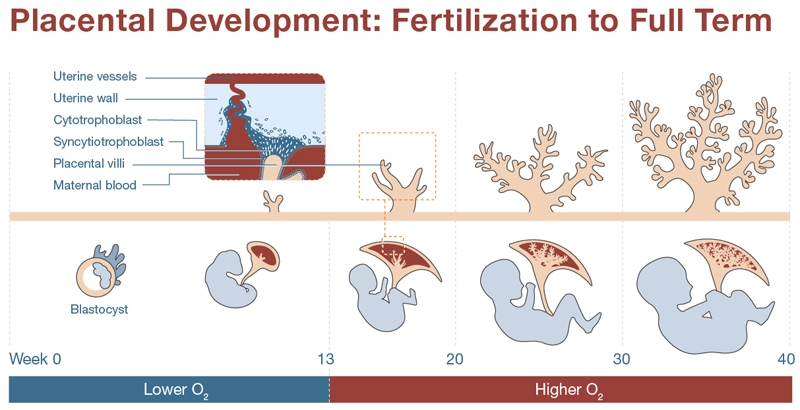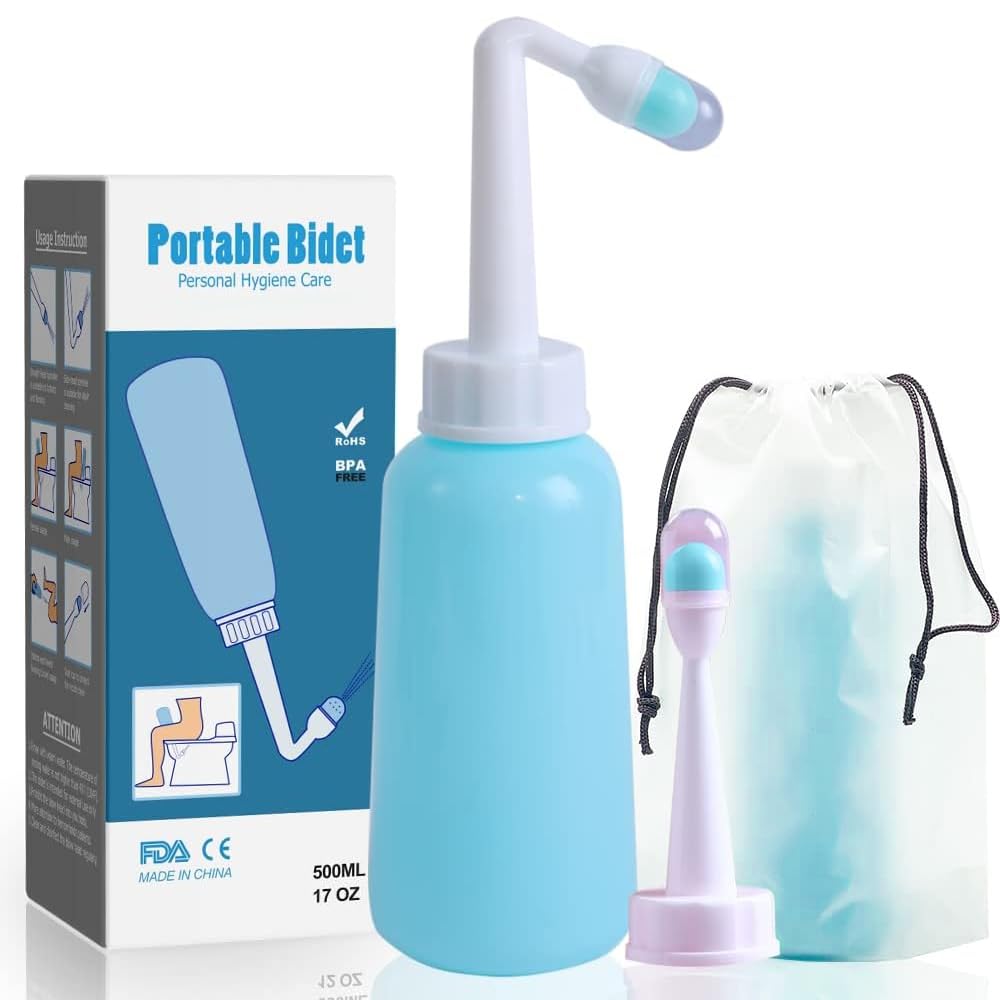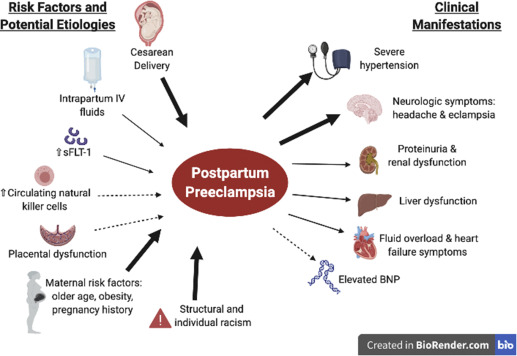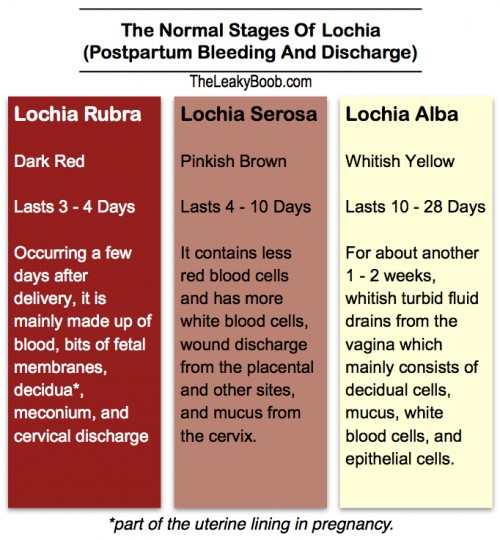Breastfeeding is a highly effective way to ensure child health and survival, but less than half of infants under 6 months old are exclusively breastfed.
Breastmilk is safe, clean, and contains antibodies that protect against common childhood illnesses.
It provides all the necessary energy and nutrients for the first months of life, and continues to provide a significant portion of a child’s nutritional needs during the first and second years.
Breastfed children tend to perform better on intelligence tests, are less likely to be overweight or obese, and have a lower risk of diabetes later in life.
Women who breastfeed also have a reduced risk of breast and ovarian cancers.
However, the inappropriate marketing of breastmilk substitutes undermines efforts to improve breastfeeding rates globally.
Breastfeeding should occur 8-12 times a day for newborn babies.
By 1-2 months old, babies will nurse 7-9 times a day.
In the first few weeks, breastfeeding should be on demand every 1.5-3 hours.
Newborns should not go more than 4 hours without feeding.
The time between feedings should be counted from the beginning of each nursing session.
Continue Reading









